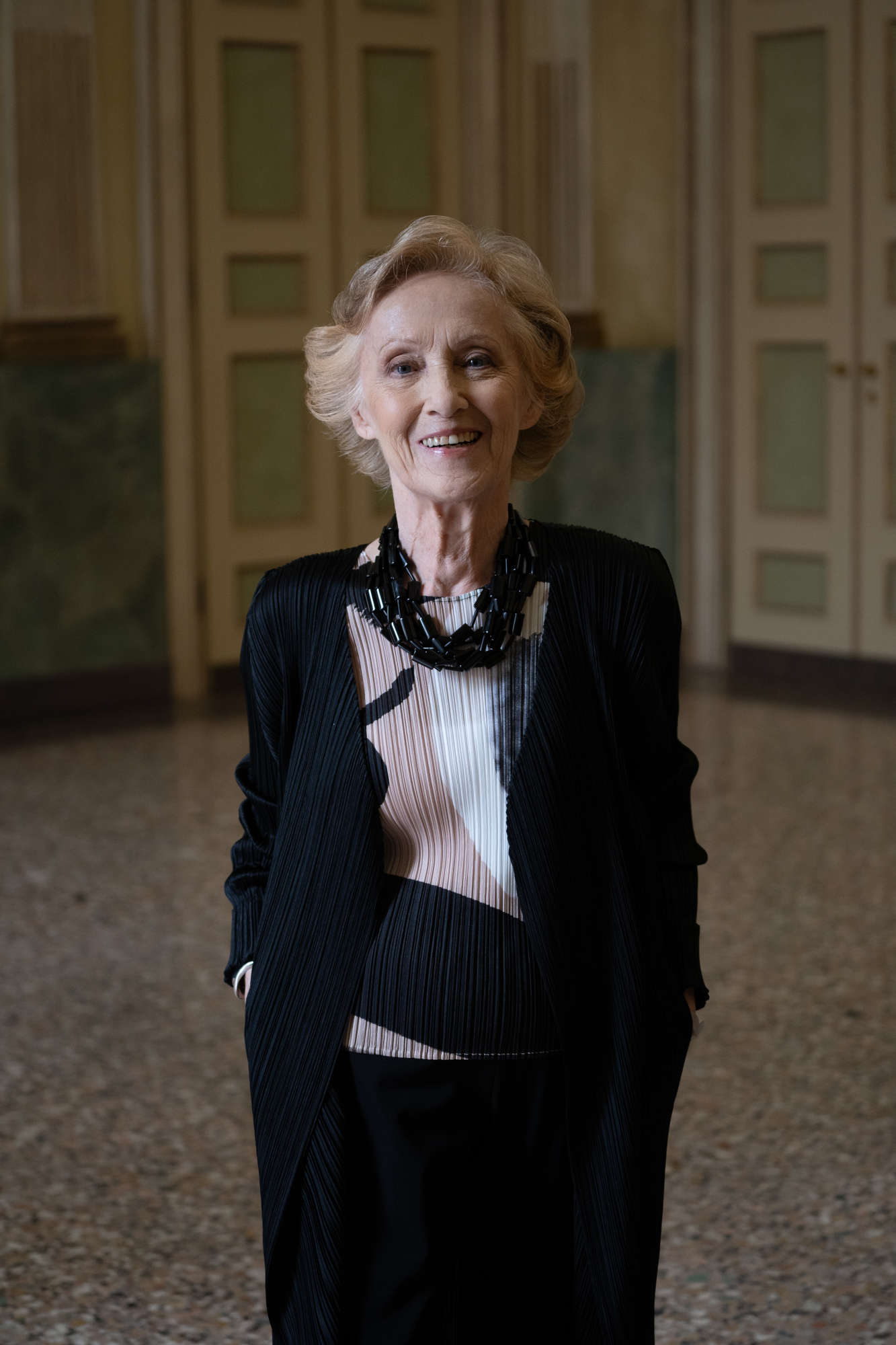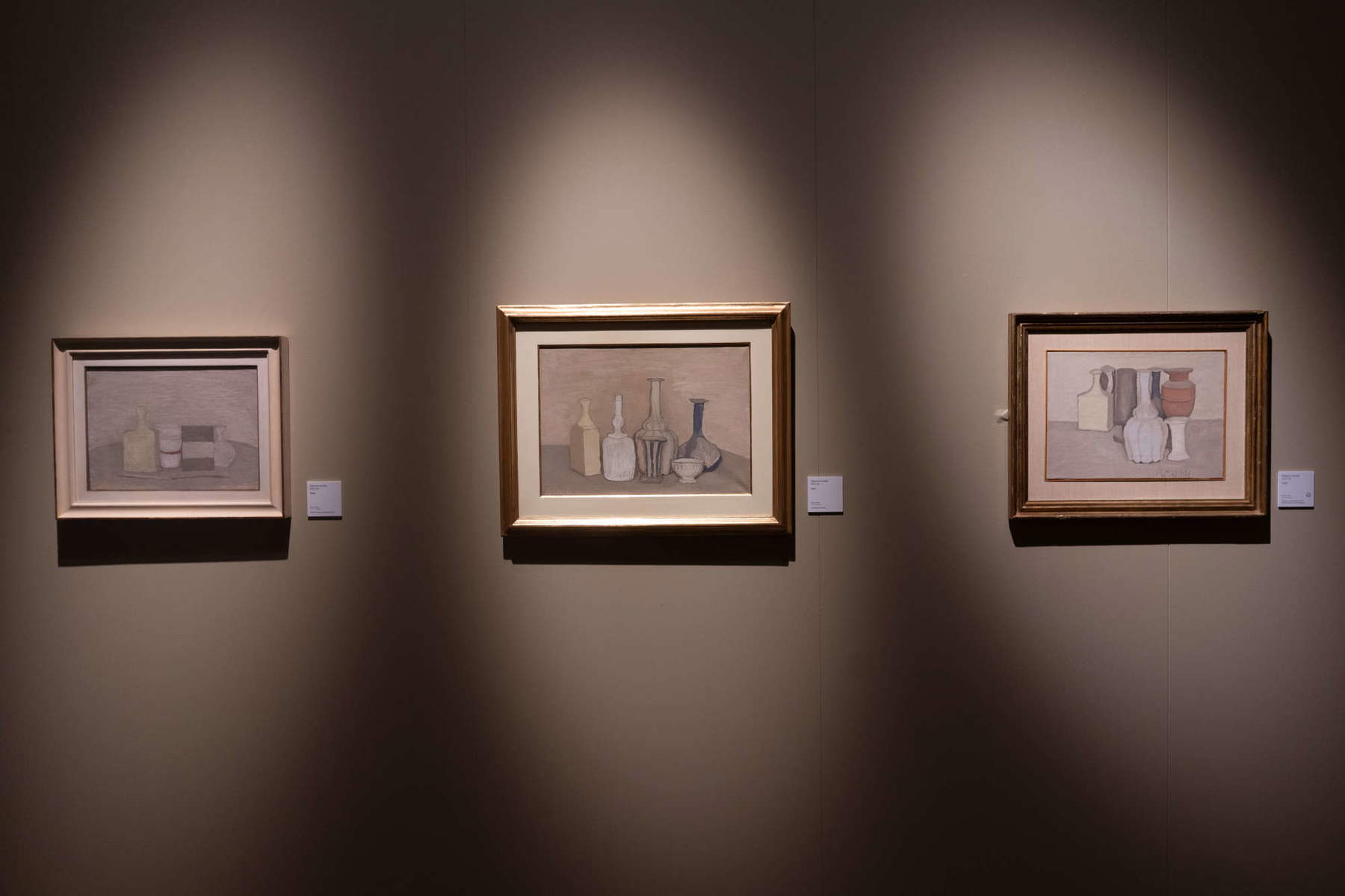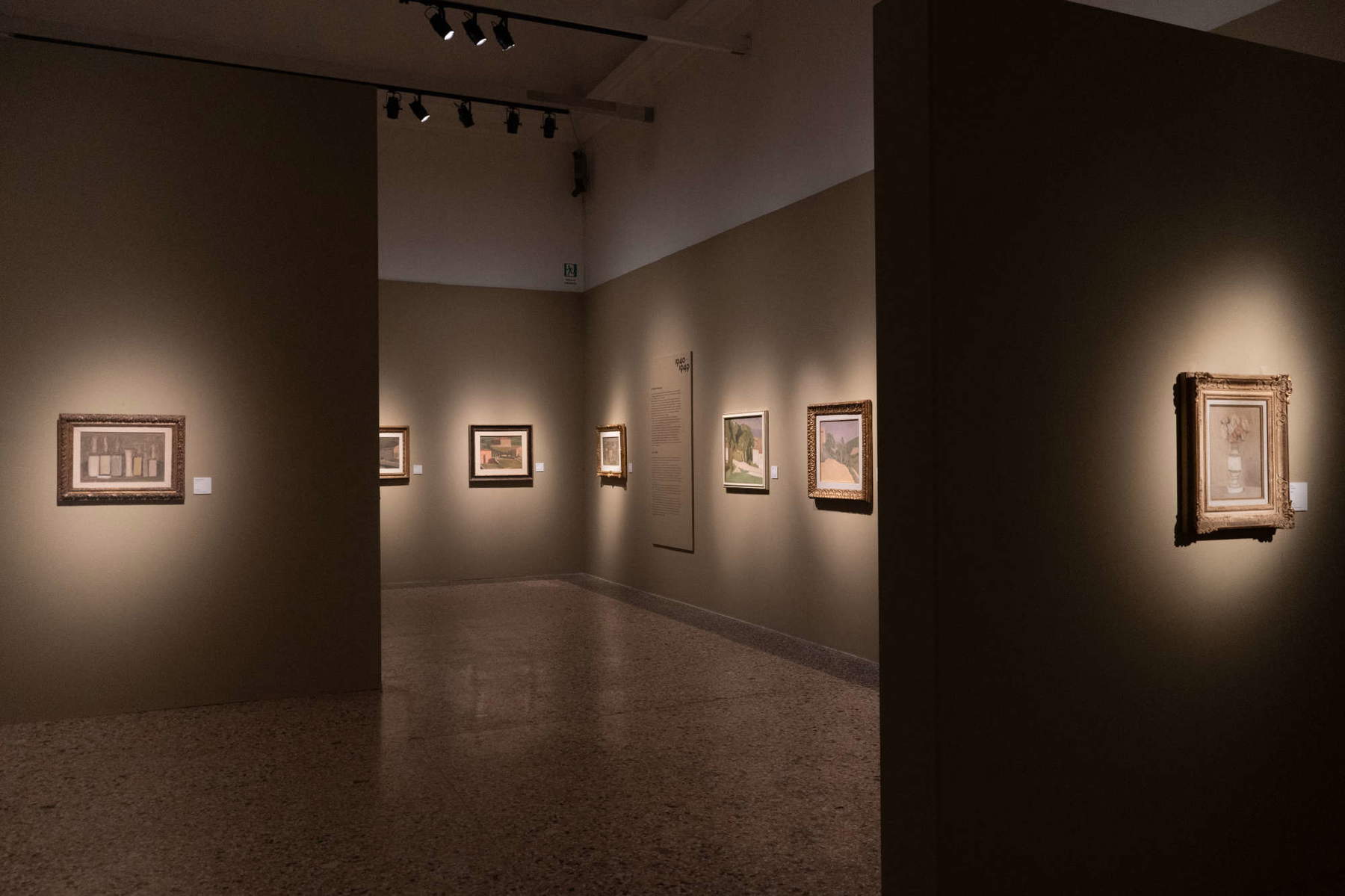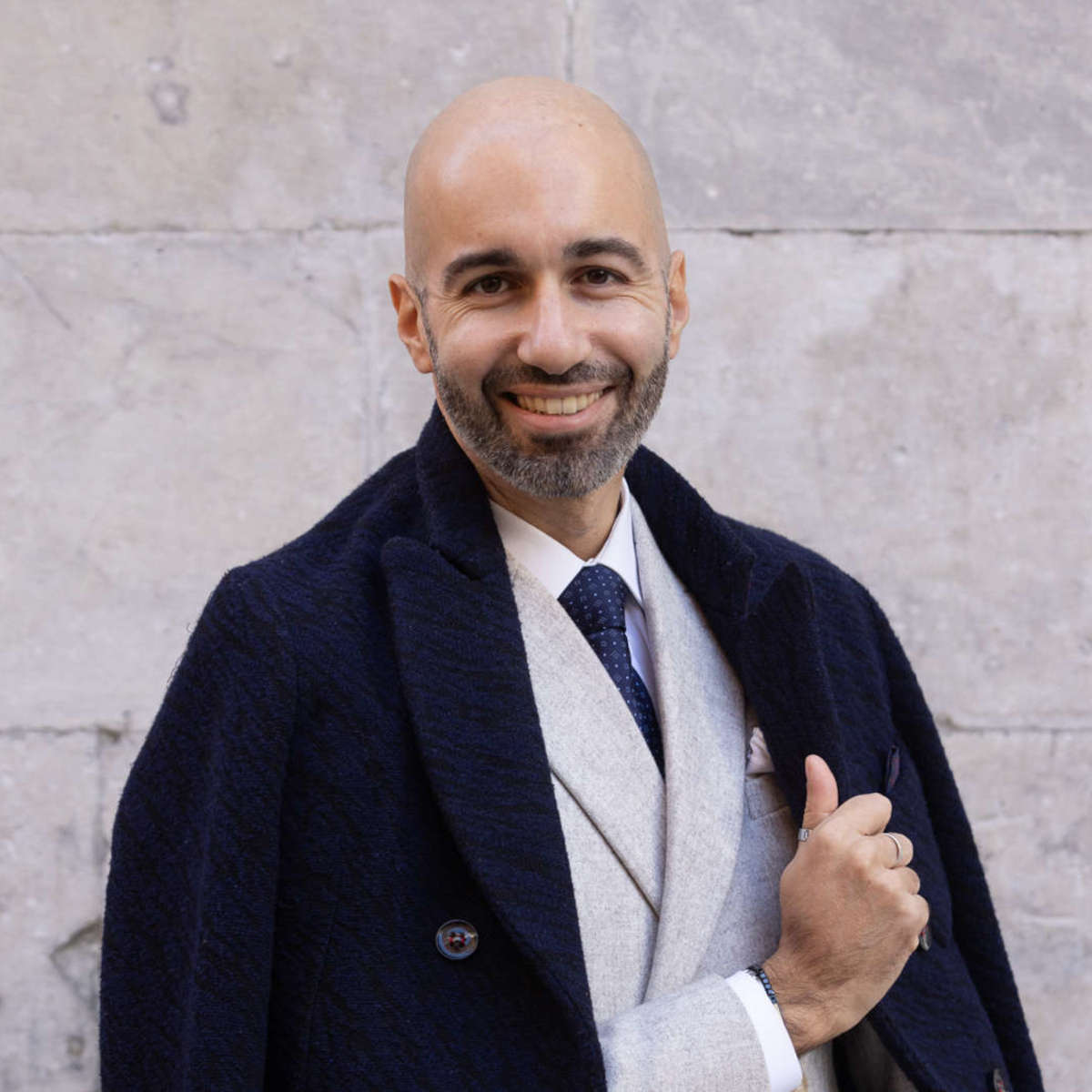Until Feb. 4, 2024, Palazzo Reale in Milan is hosting the exhibition Morandi 1890 - 1964, one of the most comprehensive shows ever dedicated to one of the greatest Italian artists of the 20th century, Giorgio Morandi (Bologna, 1890 - 1964). The exhibition, conceived and curated by Maria Cristina Bandera, promoted by the Municipality of Milan-Cultura and produced by Palazzo Reale, Civita Mostre and 24 Ore Cultura, features about 120 works that trace a complete profile of the great painter and engraver, who has often in the past been affected by prejudices that have labeled him as an isolated and repetitive artist. Morandi is actually one of the great names of the twentieth century: in this interview, curator Maria Cristina Bandera explains not only the ideas behind the exhibition but also Morandi’s greatness.

FG. What are the new features of the exhibition?
MCB. The exhibition is really one of the most comprehensive that could have been done, with juxtaposed loans from important institutions and private collections, according to a very strong curatorial choice: in my opinion we needed certain works, and only those (of course among the attainable ones), to exemplify Giorgio Morandi’s path. And then, the novelty lies above all in the effort that all of us who produced this exhibition made, because it took four years of work and a very strong generalized commitment to make sure that even for the public there was the possibility, at least, of a re-reading of Morandi, if not even a new reading for young people, precisely to dispel the clichés that have limited readings of Morandi, especially in Italy. In fact, I must say that it was easier to make Morandi understood abroad than in Italy, where prejudices about the artist were much stronger: the painter from Bologna, locked in his studio, in his apparently poor little room. Which was, yes, a poor little room, with a cot, but Morandi came from a bourgeois family, the rest of the house had bourgeois nineteenth-century furniture, and then it was a poor little room in terms of furnishings, but Morandi’s painterly means were extremely researched, intentional, with a great attention to colors, to drying oil, to panels that he had purchased with targeted lenses, so he did not skimp on these aspects. And then, Morandi worked almost like an old-fashioned workshop painter, so almost like Leonardo he would put fannings on the window, his room was perfect for painting, because of the lighting, because of this big window that looked out on the courtyard (which would later offer Morandi the theme of the painting of the courtyard of via Fondazza) but which Morandi precisely filtered with fannings: it is known that Morandi painted especially in the afternoon when there was a certain kind of light, also because in the morning he taught. He was in fact, for twenty-six years, from 1930 to 1956, a professor of printmaking technique at the Academy of Fine Arts, and moreover the exhibition includes not only 120 works of which 100 are oil paintings with his themes of landscape, still life or flowers, but also a very important selection of etchings, which is a useful opportunity for an expanded audience, but also provides possibilities for in-depth study of the artist himself, because being an exhibition also very much based on the importance of collections, as then highlighted moreover in the catalog that accompanies the exhibition (which is an important catalog, with important studies and all based on the theme of collecting, but also on the collecting of the art historians and critics who had supported Morandi, such as Longhi, Brandi, Arcangeli and others), a choice related to collecting was also made for the engravings: there are in fact engravings that by legacies have come to the Castello Sforzesco Museum in Milan, to the Bertarelli collection, formerly belonging to Lamberto Vitali, a scholar, collector and scholar of graphic art, the first to speak of Morandi as an engraver in 1934 (because precisely Morandi was a great engraver, so much so that in 1953 he won an important prize in São Paulo, Brazil, so once again with recognition abroad even before in Italy). Among the etchings we also chose the dark still life made of large objects, the only work in eight different states, and in the exhibition there are the eight states, the original plate that is still in private hands and the pictorial composition from a later year.
What do you think are the most original features of Morandi’s art and why is he considered one of the greatest artists of his time?
Morandi was immediately appreciated by some collectors who understood the importance of his language, and gradually Morandi’s importance is growing. But of course we can also rely on the indications of his first supporters, his first important critics, and a fundamental role was played by Roberto Longhi, who in 1934 spoke about Morandi at the conclusion of his prolusion on painting, a survey of Bolognese painting from the 14th century up to precisely Morandi, where Longhi said that Morandi was one of the great Italian painters, so already with an Italian dimension and no longer limited to Bologna. And then another fundamental moment was an inescapable text, the one of 1945 immediately after the end of the war, where Longhi emphasizes with adjectives that are really milestones these simple objects of Morandi, these unamenable landscapes, this moving away even from the thorns of reality, this evocation of the landscape, this rendering of still life that is not by naturamortista contemplating a composition but looking at it closely. And then, for example, to latch onto a current reading as well, not only the architectural monumentality of Morandi’s works (understood immediately by the cinema), but also the subject matter that, as Morandi says, “turns to the minimum,” so almost this absence of object, an aspect that perhaps limited our understanding of Morandi, but instead helps us to understand him today, because this departure of his from precisely the representation of a subject, of a theme, requires us to look at Morandi with new eyes. And then again the enigmatic setting of certain compositions, the perceptual ambiguity, these relationships of solids and voids that he achieves especially in his last works with this sense of emptiness according to a typically oriental culture...
 The
The The exhibition on
The exhibition on The exhibition on
The exhibition onAmong the prejudices that have affected the figure of Giorgio Morandi is that of his supposed isolation, even in relation to the cultural context of his time. Instead, the Palazzo Reale exhibition shows that Morandi had strong relationships with Longhi, Brandi, Arcangeli and others, but how did Morandi fit into the cultural context of his time?
That’s what’s so impressive about Morandi: the very lucid choices he made from the very beginning, so he looked at French culture from the very beginning through the photographs he was looking at for a long time in the notebooks of La Voce, he looked at Cézanne and early Cubism right away. And although he was an artist who, unlike the Futurists, did not want to make proclamations, and when he spoke his words were weighed, he had to say that if there was one of his generation who looked to France this was him. So he had this awareness: he looked to France when, for example, Klimt’s Judith was exhibited at the Venice Biennale, which was then bought by Ca’ Pesaro. And then he had relationships with artists and critics, for example with Carrà, with De Chirico and then precisely Longhi from 1934, Brandi from 1939 in Rome, Arcangeli, Argan himself who did the first Morandi exhibition (one of the first important ones) in 1957 in America. All this even though each of them had a different way of understanding Morandi, because for example Longhi put him as a barrier against abstractionism, and differently Venturi read him precisely in terms of abstract elementality.
So many have said that Morandi was a repetitive artist, but he himself (and a panel in the exhibition shows this quote of his) said that he managed to avoid repetitiveness. This is how he managed to do it? Why is Morandi not a repetitive artist?
This exhibition really wants to force the public to look at his works, and moreover it gives them the possibility, because precisely according to this very strong curatorial project, apparently similar works have been juxtaposed on the same wall in this perfect arrangement curated by Corrado Anselmi, but careful observation makes us realize how these works are never the same. First of all, the format almost always changes because, and this must also be said, Morandi had his frames made according to the idea, so he did not apply the work to a pre-packaged frame. Then the colors change, the arrangement of the objects changes even if only slightly, so there is behind it a very slow and very thoughtful, very deliberate elaboration, and equally the viewer has to do this reading exercise. I like to repeat, because I find it a very strong and very meaningful statement, the statement of Schjeldahl, a reviewer for the New Yorker at the time of the Morandi exhibition at the Met, when he said that we should all have a Morandi painting as a daily exercise for the eye, for the mind and for the soul, and he added that one has to be in shape with Morandi. This very need for a reading in front of the work emerged, because it also happened to me during these years to meet several people who repeated the prejudice of repetitive Morandi. I would ask, “But what have you seen of Morandi?” And I was usually answered, “Very little, or the photographs in books.” Here, like all painters Morandi should be seen in person, however, it should be emphasized that an exhibition, even an important one, made up of, for example, 50 cornerstones, but without focused juxtapositions, does not make one perceive this capacity for variation in Morandi. They are works of similar composition, but they are not the same and they are not even made in series. Here, it is not even the series in Monet’s idea, so it is not the same work that changes with light, but they are compositions of similar subjects.

Milanese collecting was also very important for Morandi’s historical-critical affirmation. And this moreover is one of the reasons why the exhibition is being held in Milan. How did his work spread among Milanese collectors?
Perhaps Milan’s collecting was more open, Milan’s was an enlightened bourgeoisie of tradition, so collectors competed for Morandi’s works. A very important function was played by the Galleria del Milione as a conduit: it was not a privileged gallery and did not have an exclusive on Morandi’s works, but Morandi trusted, and even in his choices of this kind he was always lucid. So not only did he know how to relate to scholars and critics, but also to collectors, making choices that in retrospect we might say were perfect, and therefore the Milanese collectors understood Morandi’s importance right away, so much so that it is said (although we do not have substantiated documentation) that as early as 1934 an exhibition of Morandi’s work was held in Milan.
Let’s close with a question about a phrase by Morandi, also quoted in the exhibition itinerary: Morandi said that there is nothing more surreal and abstract than the real. What did he mean by that?
I like to leave this question open, to leave a question for the audience. After all, as I said before, Longhi, Arcangeli and Venturi, although they all belonged to the same generation and although they all supported Morandi, gave a different reading of his work. Longhi and Venturi had both participated in the 1948 Biennale: they were on the Biennale’s judging committee when Morandi, in 1948, with his metaphysical works of which the beautiful metaphysical still life in Brera, was on display and was awarded the first prize for painting. Yet Longhi and Venturi gave a reading, precisely, at the antipodes. We could say that for Morandi nature is made of characters that are not those of our alphabet but, quoting Galileo, are geometric forms. It is an idea that nevertheless leaves the possibility for us to interpret Morandi, and this I think is also the ideal moment to reread Morandi in a modern key. Because after all, he is not a fossilized painter, but he is a painter who still allows us to read his works with the eyes of our time.

The author of this article: Federico Giannini
Nato a Massa nel 1986, si è laureato nel 2010 in Informatica Umanistica all’Università di Pisa. Nel 2009 ha iniziato a lavorare nel settore della comunicazione su web, con particolare riferimento alla comunicazione per i beni culturali. Nel 2017 ha fondato con Ilaria Baratta la rivista Finestre sull’Arte. Dalla fondazione è direttore responsabile della rivista. Nel 2025 ha scritto il libro Vero, Falso, Fake. Credenze, errori e falsità nel mondo dell'arte (Giunti editore). Collabora e ha collaborato con diverse riviste, tra cui Art e Dossier e Left, e per la televisione è stato autore del documentario Le mani dell’arte (Rai 5) ed è stato tra i presentatori del programma Dorian – L’arte non invecchia (Rai 5). Al suo attivo anche docenze in materia di giornalismo culturale all'Università di Genova e all'Ordine dei Giornalisti, inoltre partecipa regolarmente come relatore e moderatore su temi di arte e cultura a numerosi convegni (tra gli altri: Lu.Bec. Lucca Beni Culturali, Ro.Me Exhibition, Con-Vivere Festival, TTG Travel Experience).
Warning: the translation into English of the original Italian article was created using automatic tools. We undertake to review all articles, but we do not guarantee the total absence of inaccuracies in the translation due to the program. You can find the original by clicking on the ITA button. If you find any mistake,please contact us.